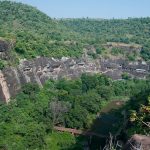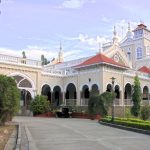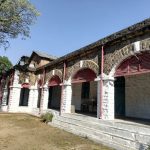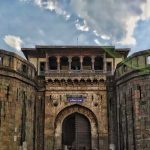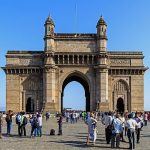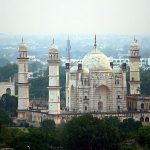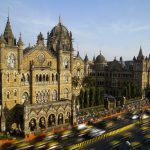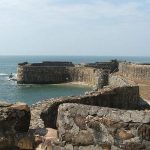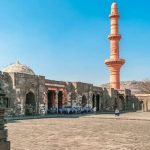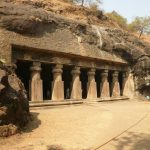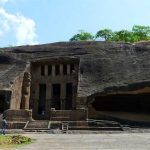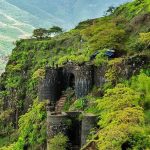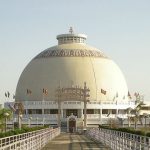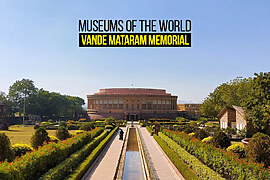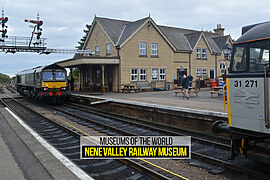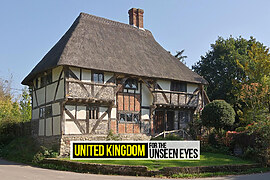There are several historical sites in Maharashtra. From monuments to palaces and fortresses, they all reflect the region’s fascinating past. Whether it is a royal residence or a military fortress, the architectural beauty is breathtaking. Maharashtra is famous for its caves and rocks. The species found in Maharashtra are said to be wider than the caves and rock formations found in the mountainous regions of Egypt, Assyria, Persia, and Greece. The architecture of Maharashtra is traditionally considered a gift from Vastu to his Brahmin Shastra Vishwa. Maratha architecture is famous for its reliability, but Mughal architecture captivates viewers with its stunning artwork and great design. Of course, we can’t help but pay attention to the independent buildings of the colonial era.
Ajanta and Ellora caves in Aurangabad
Ajanta is a series of rock caves in the Sahyadri Mountains (Western Ghats) on the Waghora River near Aurangabad in Maharashtra. There are a total of 29 caves (all Buddhist), of which 25 were used as vihara or residential caves and 4 were used as chaitya or chapels. The cave was built around 200 BC. Paintings before AD 650 are generally devoted to Buddhism, the life of the Buddha, and the history of the Zatak people. Ellora Caves is about 100 km from Ajanta Caves in the Sahyadri Mountains of Maharashtra. It is a group of 34 caves, including 17 Brahmins, 12 Buddhists, and 5 Jains. Kailasanatha Cave Temple (Cave 16) is named after a mountain in the Kailas Mountains of the Himalayas, home to the Hindu god Shiva. Kailash Temple is the largest rock-cut temple formed from a single excavated stone block. People come here to see ancient Buddhist architecture.
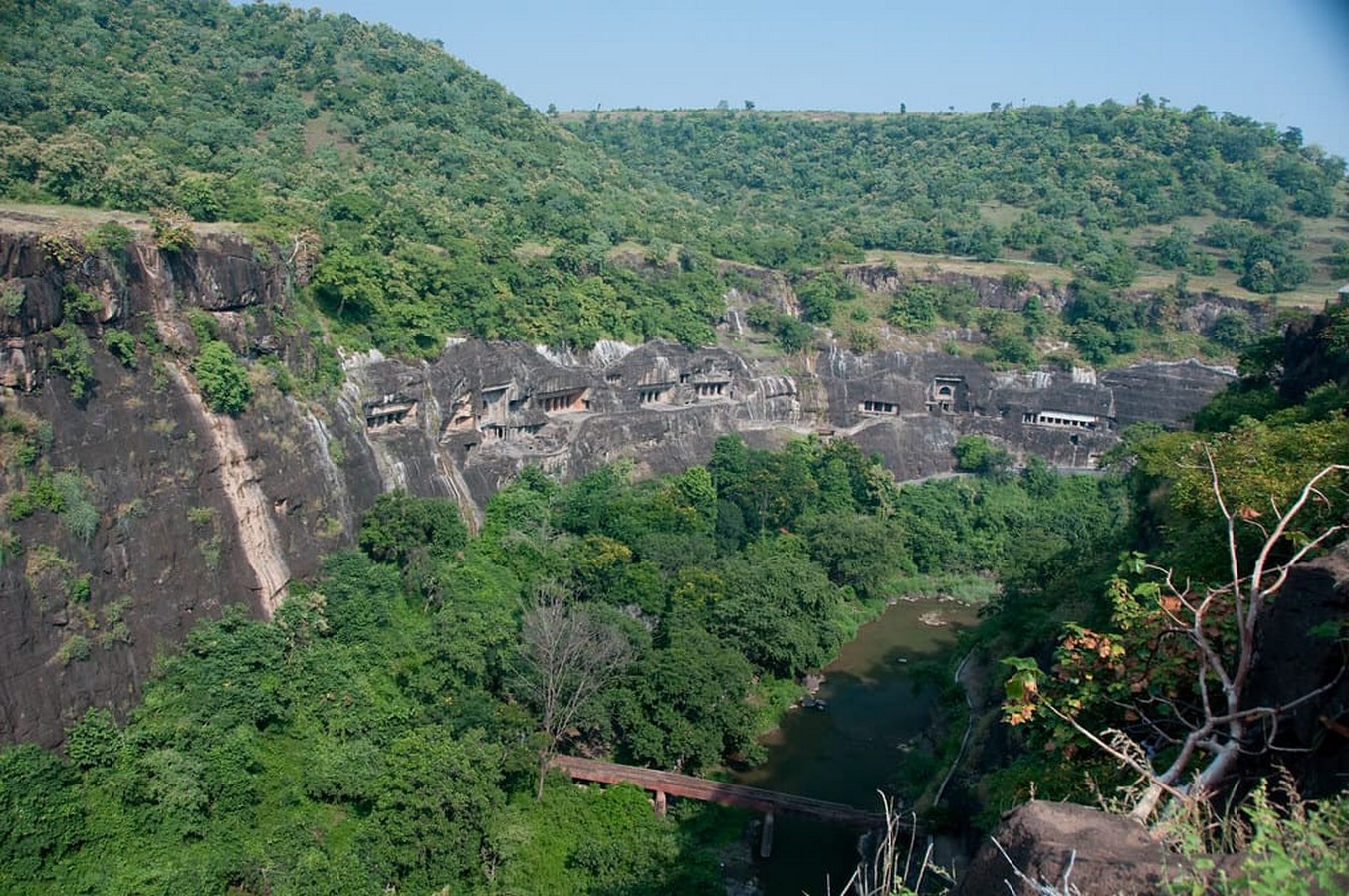
Aga Khan Palace
With over 125 years of history, the majestic Aga Khan Palace in Pune is a fine example of history, heritage, and architecture. The palace is famous for its ornate Islamic architecture. There are 19 acres of manicured lawns. One of the hallmarks of palace architecture is the Italian arch. The palace is a three-story building.
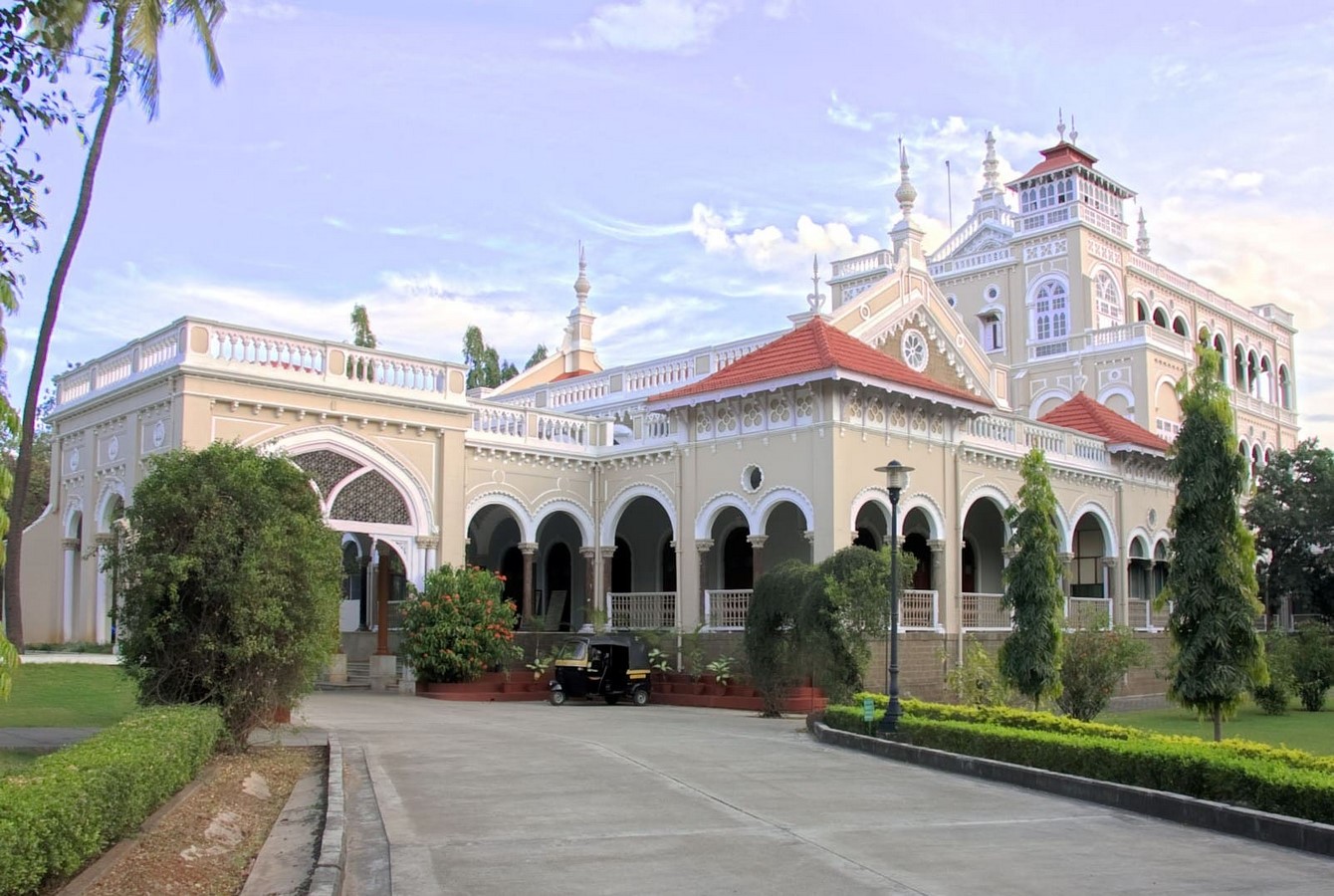
Raigad Fort
Raigad Fort was built by Chhatrapati Shivaji Maharaj of Maharashtra and the chief architect/engineer was Hiroji Indulkar. It was originally built in the style of a traditional residential fortress. It was later converted into a defensive fortress by Shivaji Maharaja in the 17th century and shows the architecture of a medieval fortress found in India. The fortress was built at an altitude of 820 meters in the Shadri Mountains of Maharashtra. Inside is the beautiful palace and courtyard of Shivaji Maharaj. This courtyard structure is famous for the building’s acoustic dynamics. Many other complexes are beautifully decorated with wood and stone. The internal structure can be up to 3 floors. They are covered with stone pillars and supported by large pillars. The interior structure is made in the traditional castle style. This fortress has beautiful gardens. This place, frequented by people is famous as a trekking spot.
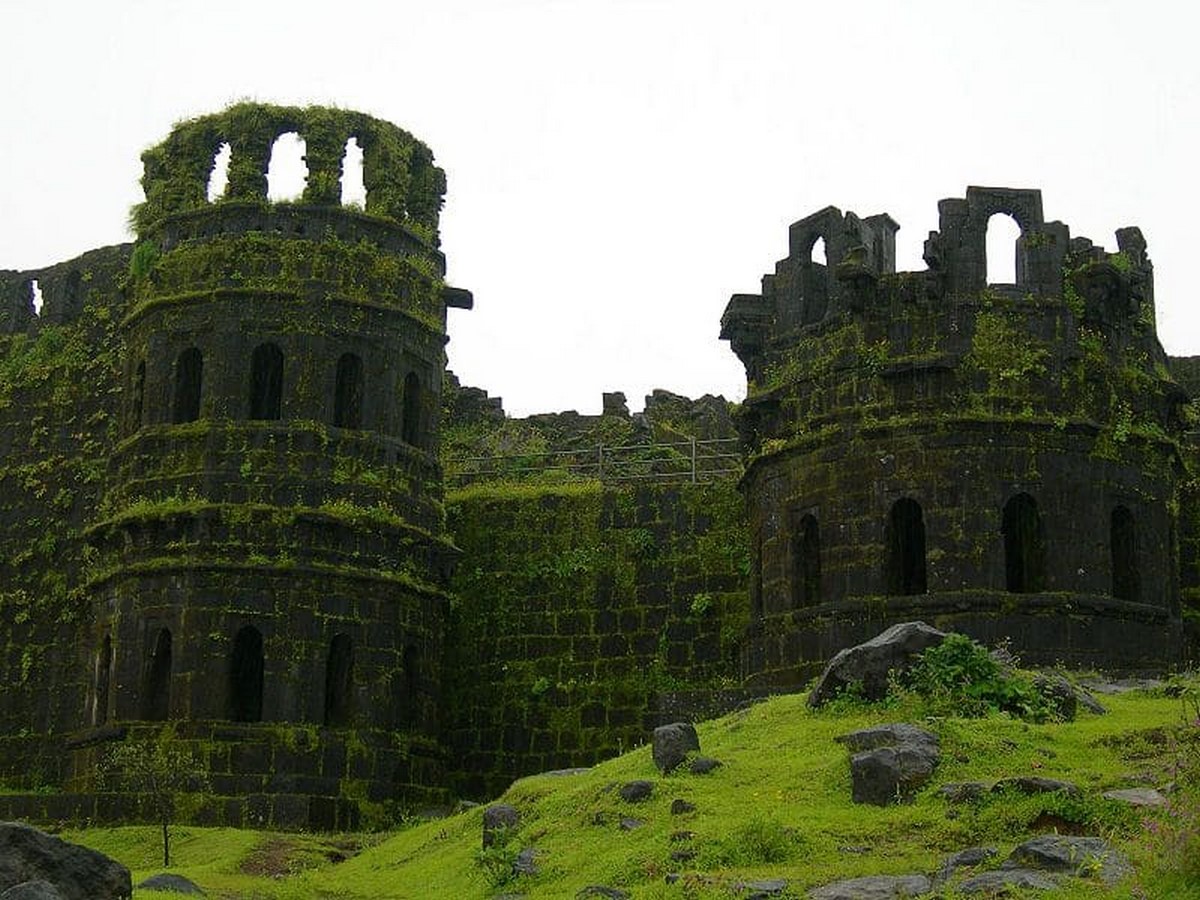
Sitabuldi Fort in Nagpur
Sitabuldi Fort was first built by the British for the British East India Company (BEIC) in the 18th century. It was later rebuilt by Muji II Bhonsle, a member of the Maratha clan of the Kingdom of Nagpur. This fortress has all the features of a medieval fortress. It was a defensive fortress and a residential complex. The fortress came into force in 1817. Sandstone, granite, and laterite are used as building materials. The fortress consists of two parts on two different hills. It consists of a tower where cannons can be deployed. This fortress consists of beautiful palaces. It is a two-story building with an elegant atmosphere. The long part of the building has several spacious rooms and a columned hallway. A beautiful mosque in Islamic style was built here. This is one of the main attractions of the city.
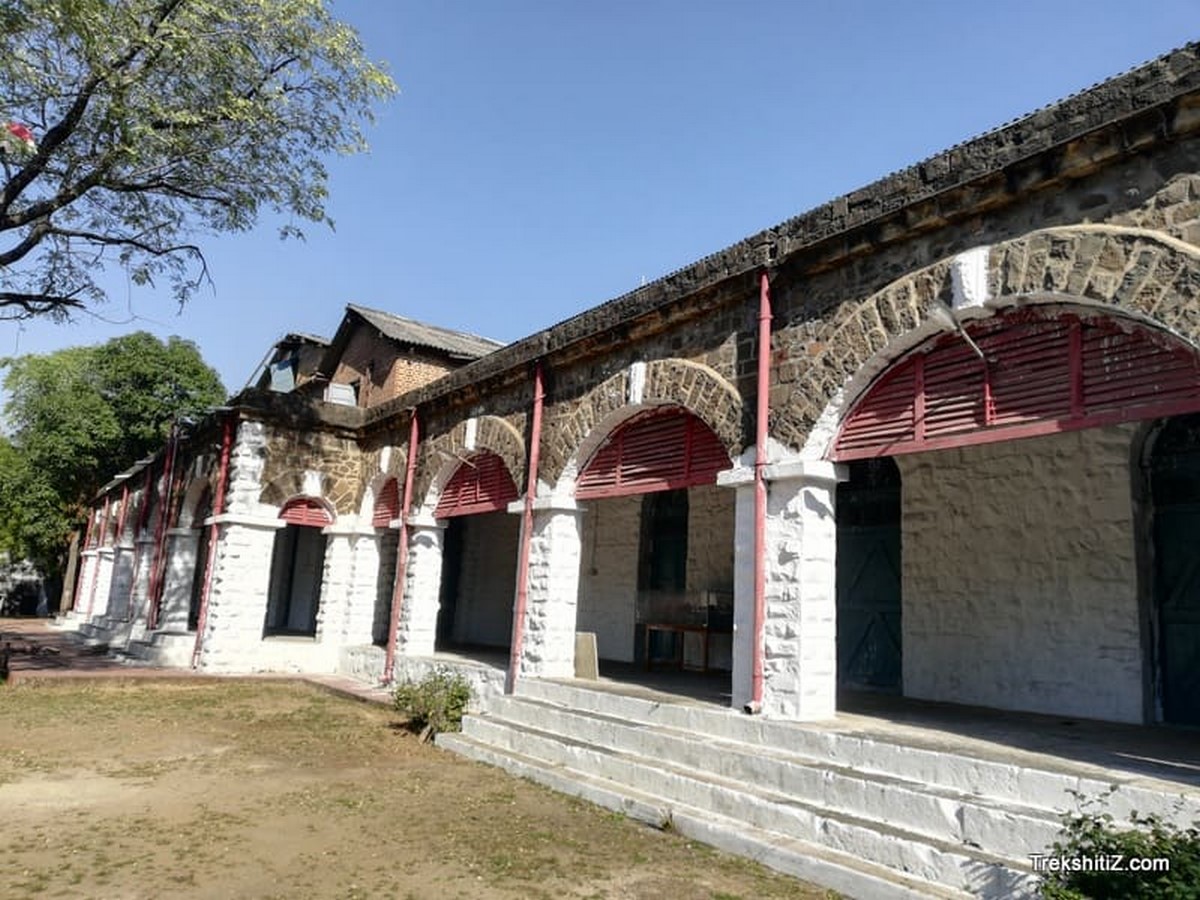
Shaniwar Wada
Shaniwar Wada represents the architecture of the Maratha Empire. It was built using teak from the Junnar He jungle, lime from the Chejuri limestone belt, and stone from the Chinchwad Quarry. The palace was designed with intricately carved teak doors, intricate teak columns, and marble floors. The walls were decorated with scenes from the Ramayana and Mahabharata, and glass chandeliers hung from the ceiling. Ganpatirang Mahal was built inside the palace as another place for religious ceremonies. The reception hall of Baji Rao I Royal Palace, Juna Arsa Mahal (Hall of Mirrors), and Nachacha Diwankan (Dance Hall) are some of the other magnificent buildings that existed in the palace. It is famous as a tourist destination representing Maratha culture.
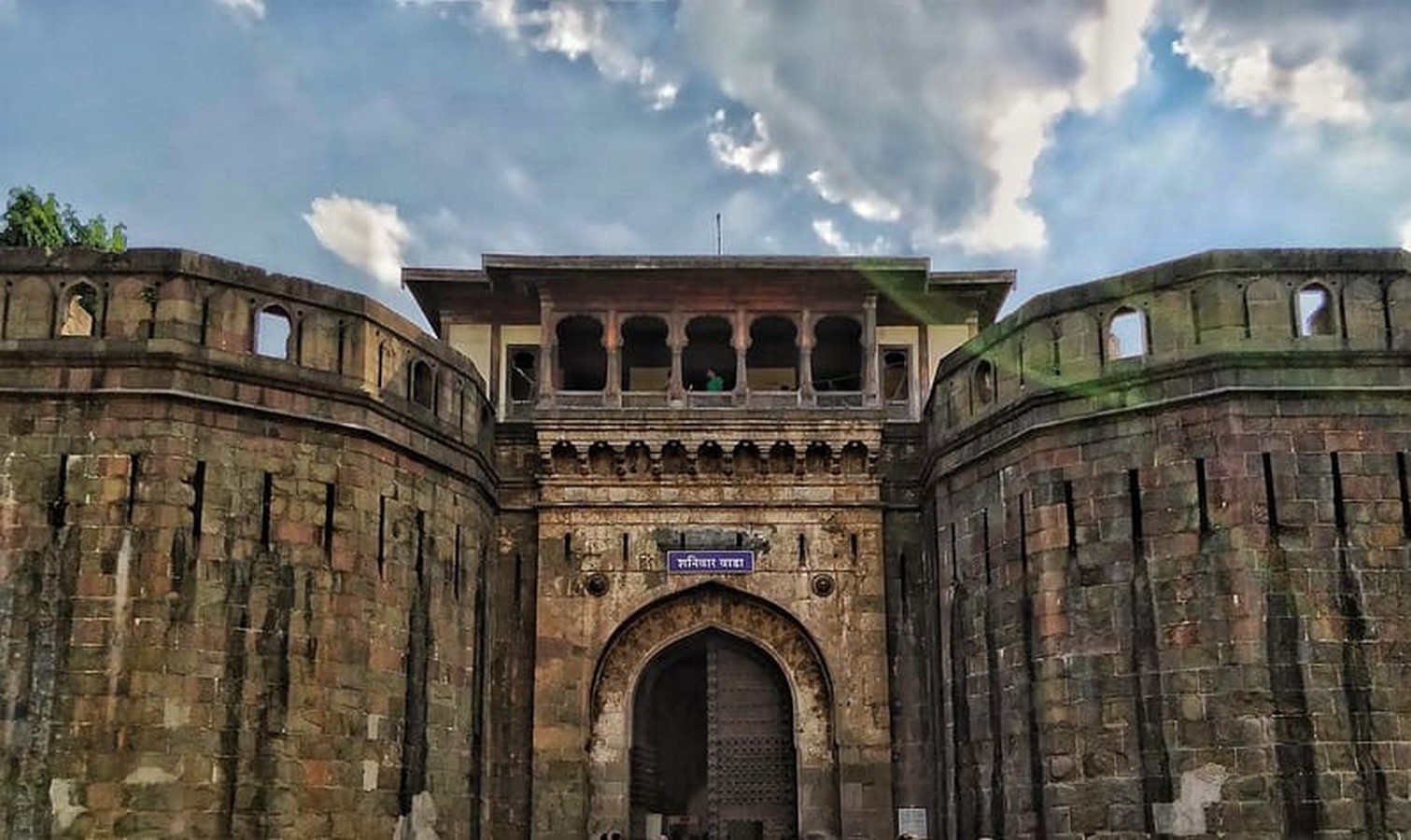
Gateway of India, Mumbai
The Gateway of India is a good example of Saracen architecture in India. The majestic arches are inspired by Islamic architecture and the decoration reflects the Hindu style. The monument was built from a combination of yellow basalt and reinforced concrete. The gate arch is 85 feet high and the central dome is 83 feet high and 48 feet in diameter. The building has 4 fine mesh towers. A short staircase outside the gate leads to the Arabian Sea. On either side of the arch are large halls that can comfortably accommodate 600 people at the same time.
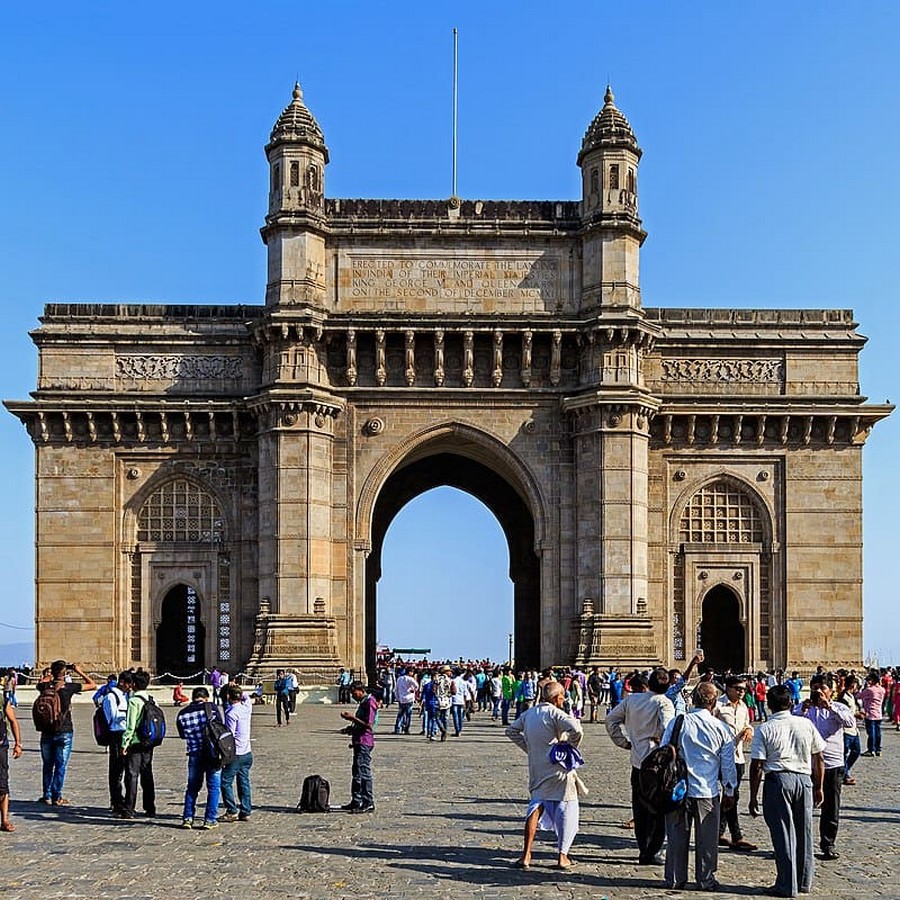
Bibi-ka-Makbara, Aurangabad
A fine example of Mughal architecture, Bibi-ka-Makbara stands on a 19-foot square platform. The four minarets are 72 feet high and climb 144 steps to stand on the four corners of the platform. There is also a mosque on the west side of the building. The upside-down part and dome are made of marble, while the rest are made of basalt. Impeccably designed, Bibi Ka Maqbara spans 15,000 square feet and is surrounded by the huge four-sided Char Bagh gardens. Pavilions with columns, fortresses, vaulted niches, and pilasters covered with spires are some of the features of the surrounding walls. The road from the entrance to the main building is surrounded by several fountains
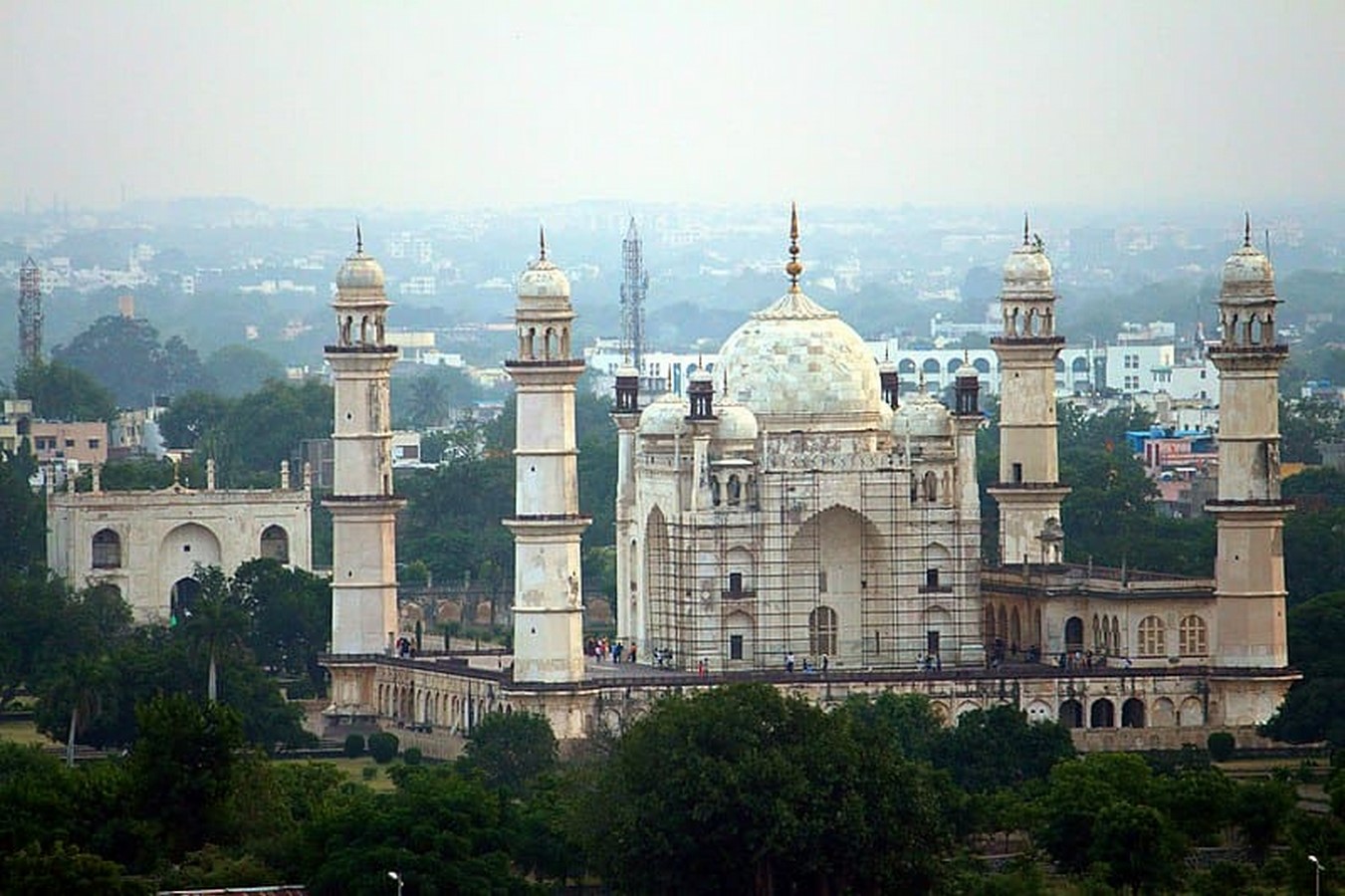
Chhatrapati Shivaji Maharaja Station, Mumbai
The main architectural style of the building reflects Victorian Gothic and late 19th-century design. The style and decoration of the building were borrowed from Indian and European cultures. With turrets, lancet arches, and intricate plans, the CST was a new development for its time. The CST building is decorated with a high dome that forms the focal point of the structure and is surrounded by vaulted ceilings, floors, and windows very reminiscent of Indian palace architecture. Near the entrance to Chhatrapati, Shivaji Station is a statue of a lion and a tiger representing her two countries, England and India. The main building is made of sandstone and limestone, and the bitumen interior is finished in luxurious Italian marble.
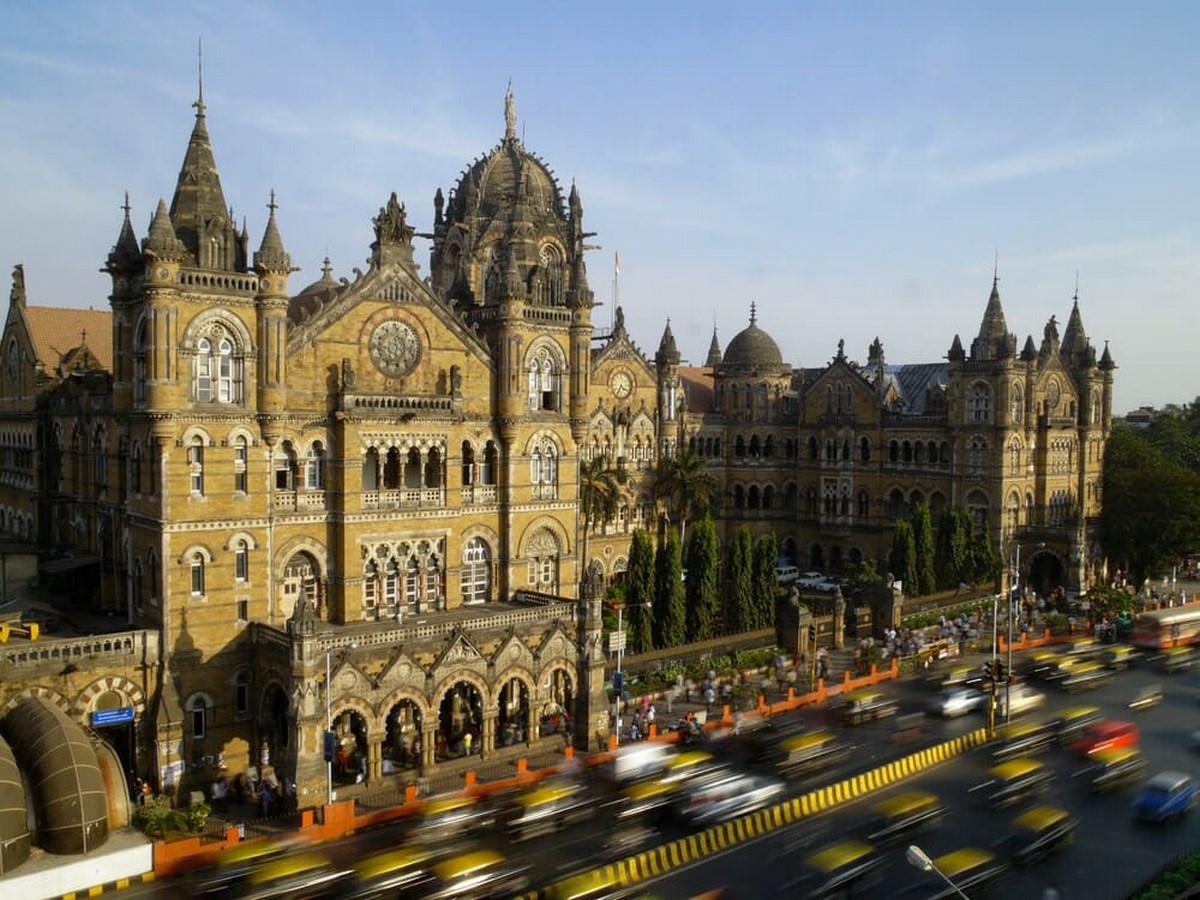
Sindhudurg Fort, Sindhudurg
Sindhudurg Fort is a mix of architectural works. At the time, Fort was consulting with many colonial experts about the design and construction of Mumbai and Goa. Finally, Maratha King Shivaji built this fortress together with his famous architect Hiroji Indulkar. This fortress is located on a rocky island. There are many observation holes and stone rings for anchoring ships and ships to the wall. In the southern part of the fortress, there is a small gate leading to a small beach called Ramik Bella on the island of Kurte. The salon is very big and spacious. Two wells with fresh water were dug here. This fountain has clean water even in summer. Some Hindu temples are considered family temples of the Maratha royal family. During the war, an underground passage was dug as an escape route. It was mainly for the women living in this fortress. This tunnel connects to the mainland of the city of Manawal.
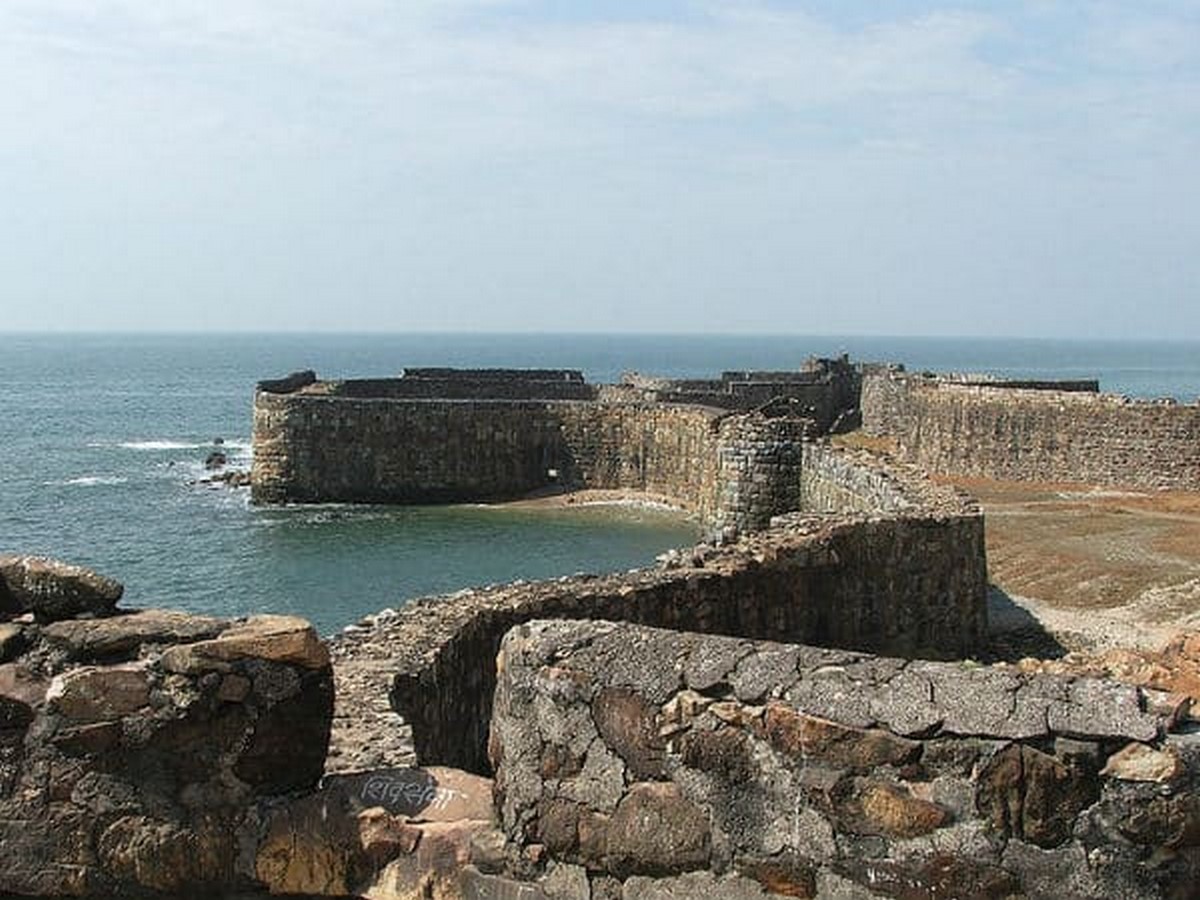
Chand Minar, Daulatabad
One of the eight tallest towers in India and called the “Moon Tower”. A good example of Persian architecture dates back to the 15th century. It was built as a sign of the arrest of King Alauddin Bahmani, who captured the Daulatabad Fortress. The 30m high tower has 4 floors and 24 rooms, below which is a small mosque. Admire architectural masterpieces of Indian and Persian blue tiles.
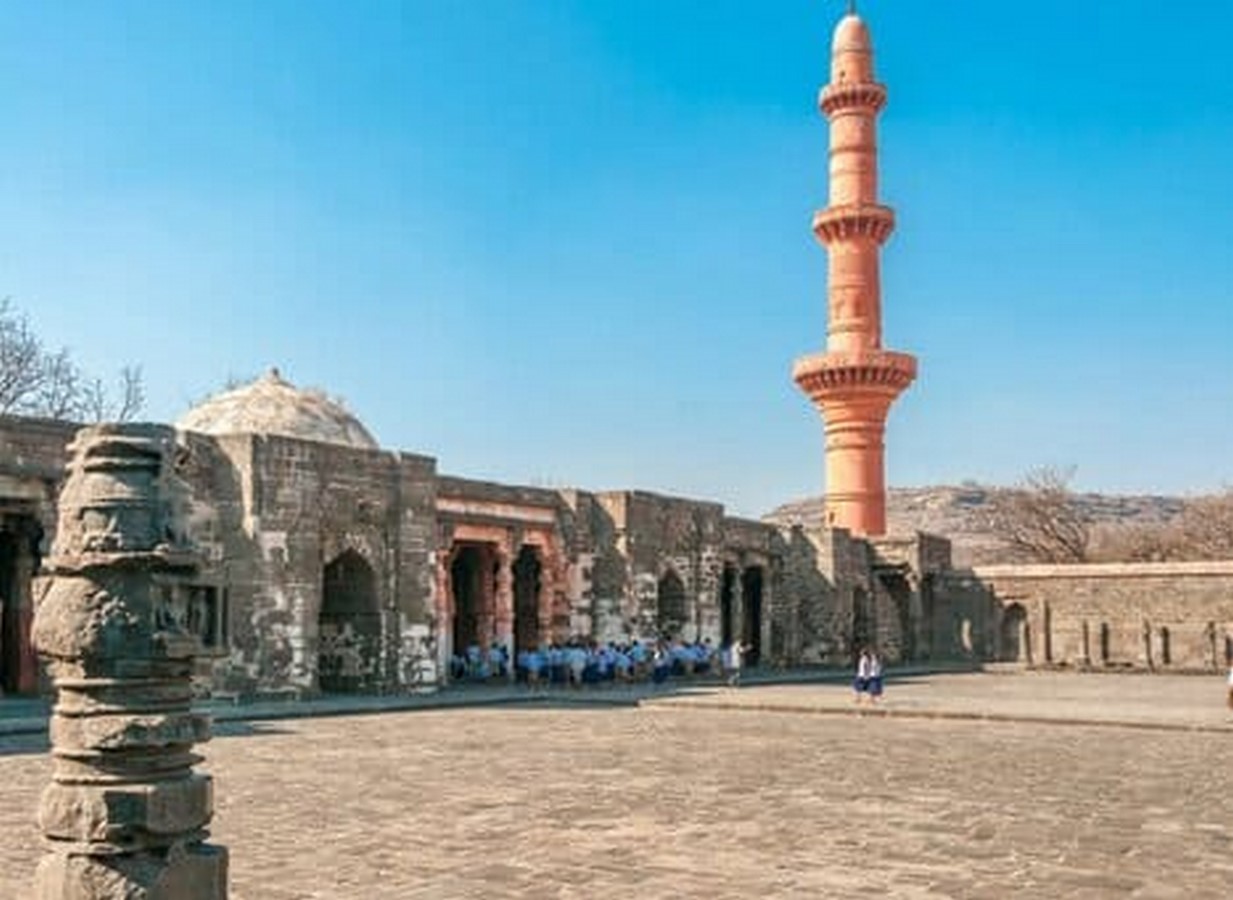
Elephanta Caves
On the island of Elephanta, there are two groups of caves made in the form of rock structures. The cave is carved out of massive basalt and covers an area of 60,000 square feet. The larger of the two groups is the Five Caves with numerous Hindu statues. Two of his Buddhist caves are on this site for small groups with a cistern and stupa. Each cave was a rock-hewn temple with a huge nave, a courtyard, two sub-halls, and a small sanctuary. Dedicated primarily to the god Shiva, this cave temple contains several structures and sculptures dedicated to the god and his various forms.
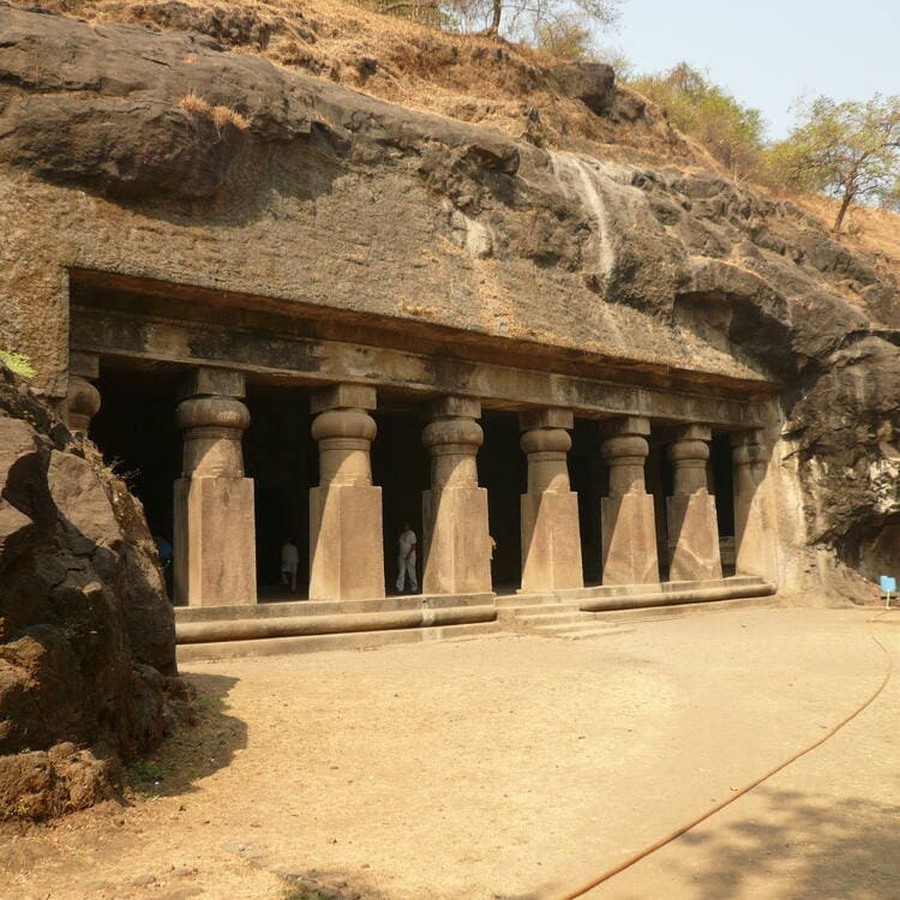
Kanheri Caves
Kanheri Cave boasts ancient Buddhist architecture with viharas, stupas, and chapels. The most unique thing about this cave is that it is carved into a single rock. Although the structure is very simple, the caves have been carefully designed with important features such as stone platforms for water surface, aqueducts to collect and store rainwater, and high columns and passageways. Cave 1 contains the unfinished Chaityagriha with his image, while Cave 2 contains three stupas and a carved Buddha statue, each with its characteristics. At the entrance of Cave 3 is a stupa with tall pillars and a large Buddha statue.
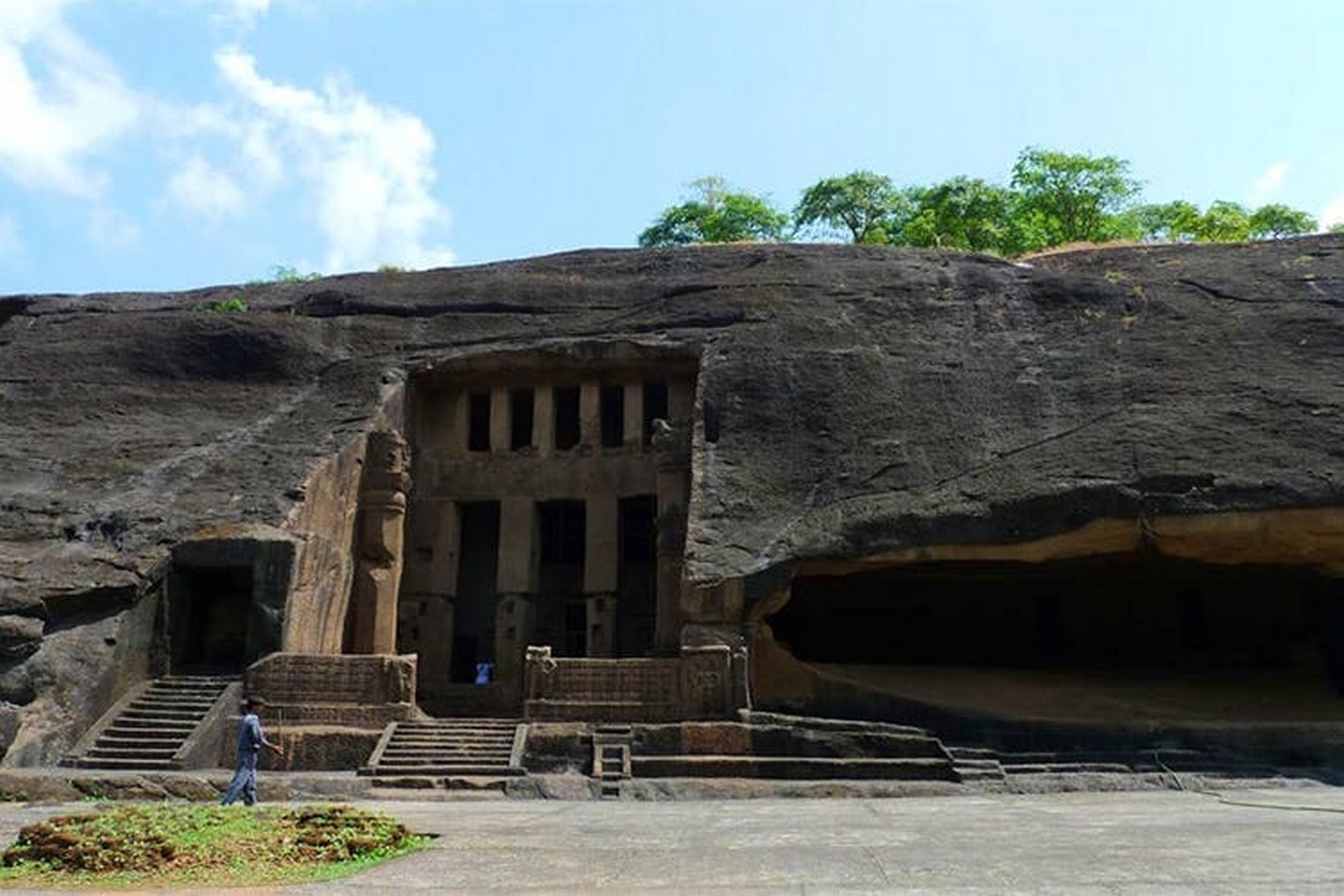
Sinhagad Fort
Sinhagad Fort is located at the top of the Bhuleswar hill at 1312 m above sea level. Surrounded by ridges, this plain is surrounded by large walls. The wall has two main entrances: the Puna Gate on the northeast side and the Kalyan Gate on the southeast side of the hill. The unique road leading from the foot of the mountain to this place consists of stone steps and stone steps. There are many caves with beautiful carvings. There are also several Hindu temples, the most famous of which is the Countineshwar Temple. He has a very spacious palace. They have very beautiful carved columns that support the roof. Several auxiliary buildings can also be found in the ruined scene. The tombs of Tanaji Malusare and Rajaram were built here. It was the military headquarters of Emperor Shivaji and his other sons.
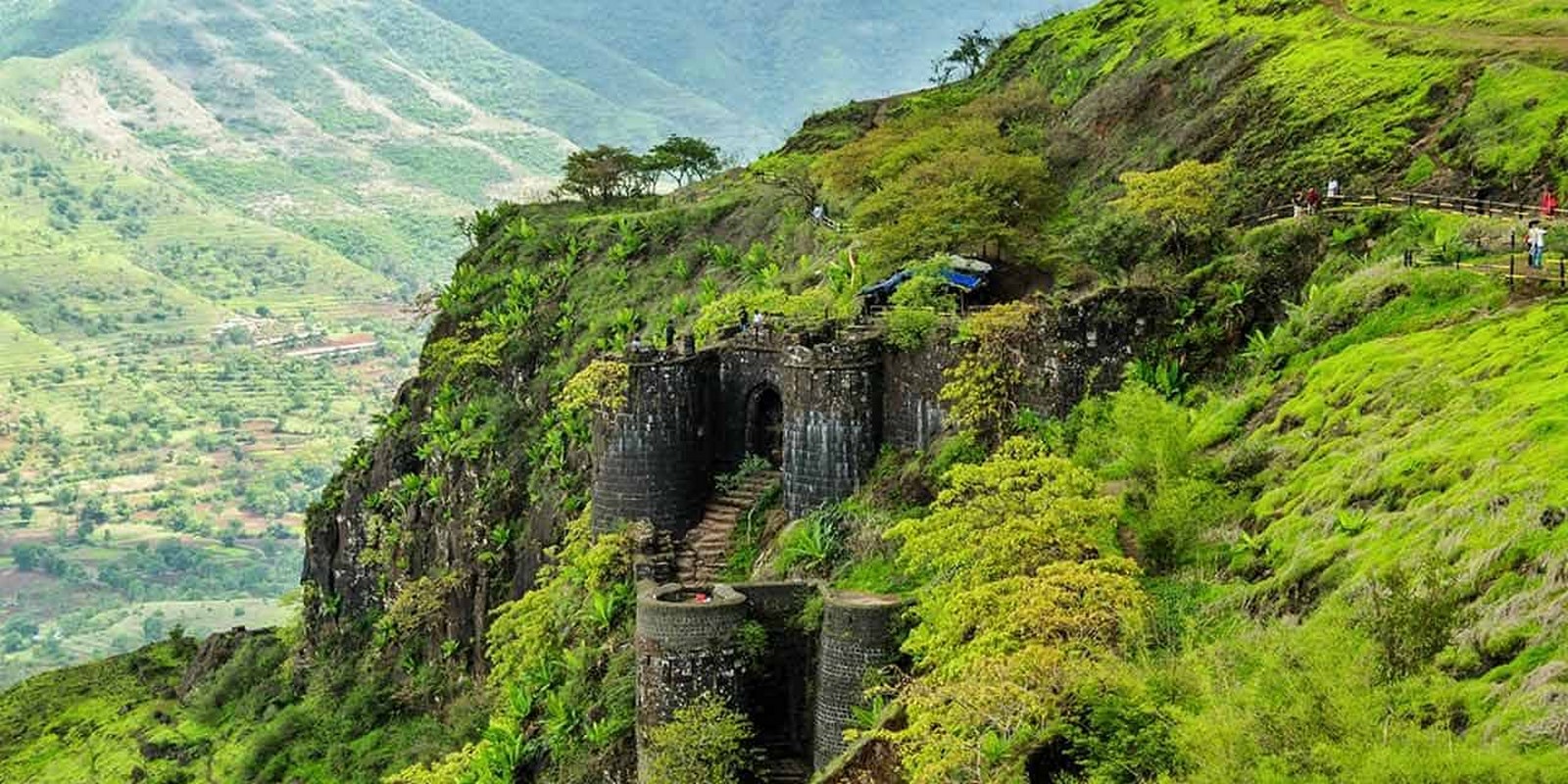
Deekshabhoomi in Nagpur
It covers an area of 22 hectares and is covered with lush ornaments. The central part is dedicated to a huge stupa. Renowned Nagpur architect Sheo Dhan Mala was responsible for designing the proper structure of the stupa. For two years, he studied Buddhist architecture around the world and designed decorative structures that reflected the Buddha’s teachings. Measuring 211 x 211 square meters, this floor can accommodate more than 5,000 people at a time. The stupa is supported in 4 unfolded positions in the last layer of the first 16 rows, the second 16 rows, the third 24 rows, and again 24 rows. The first floor is over 20,000 square feet. And for prayer purposes. Another glass structure was installed in the central part of Marble Square. The doctor’s body contains a silver cup made of gold ore. Rescued by Babasaheb Ambedkar.
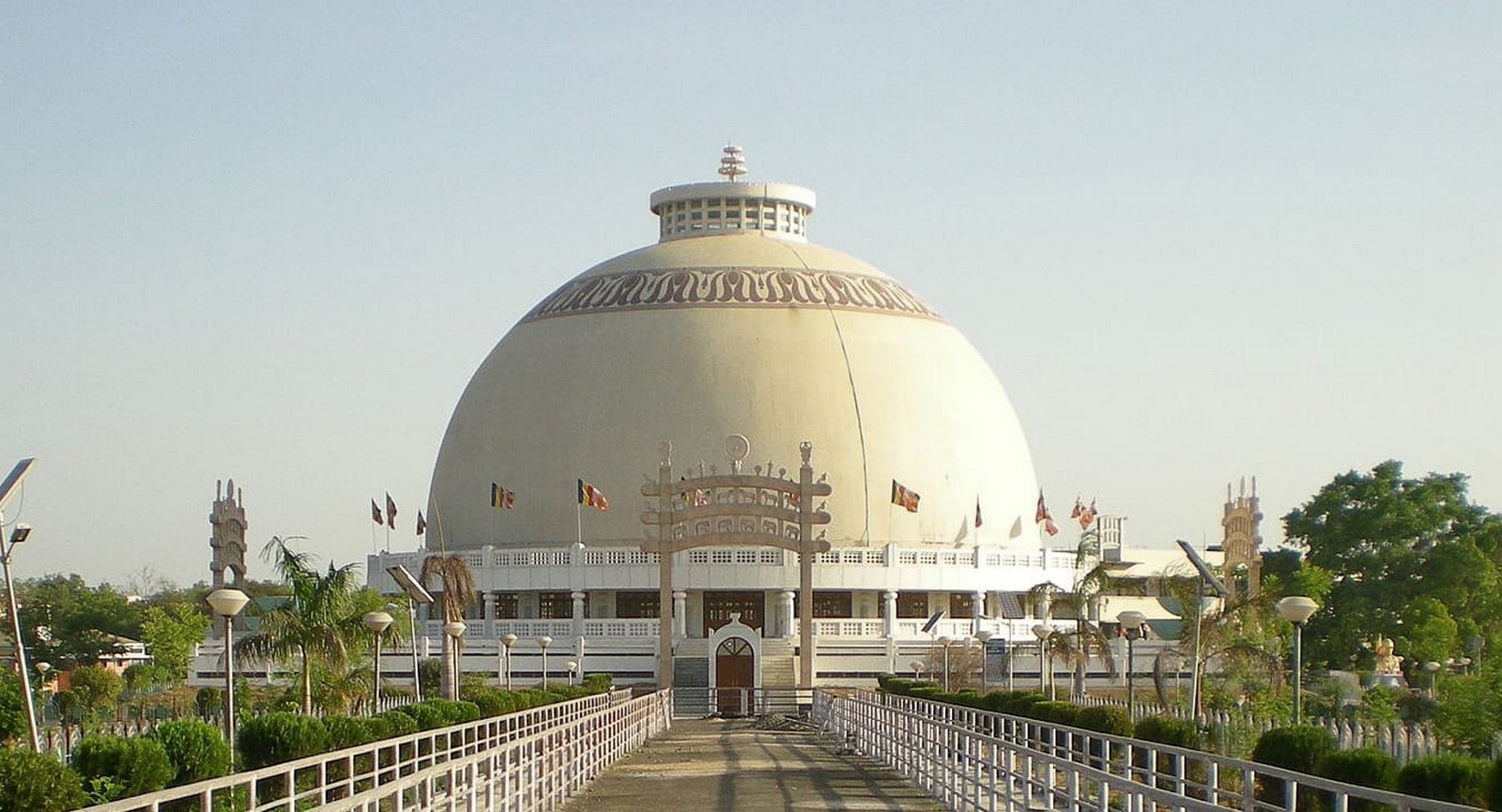
52 Gates, Aurangabad
One of the things that distinguish Aurangabad from other medieval cities in India was the 52 “gates” each with its local history. Aurangabad is known as the “Gate City”. Of the 52, only 4 main and 9 side doors remain. The most famous, oldest, and largest is the Bhadkal Gate near the Naukhand Palace in Nizam.

References
Ajanta caves – architecture (no date) Tutorials Point. Available at: https://www.tutorialspoint.com/ajanta_caves/ajanta_caves_architecture.htm (Accessed: November 7, 2022).
Architecture (no date) Deekshabhoomi. Available at: http://www.deekshabhoomi.org/architecture/ (Accessed: November 7, 2022).
Astrolika (no date) Sitabuldi Fort, Indian Vedic Astrology & Horoscope. Available at: https://www.astrolika.com/monuments/sitabuldi-fort.html (Accessed: November 7, 2022).
Centre, U.N.E.S.C.O.W.H. (no date) Serial nomination of Maratha Military Architecture in Maharashtra, UNESCO World Heritage Centre. Available at: https://whc.unesco.org/en/tentativelists/6533 (Accessed: November 7, 2022).
Fabhotels: India’s Best Budget Hotels: Online Hotel Booking (no date) FabHotels.com. Available at: https://www.fabhotels.com/ (Accessed: November 7, 2022).
Gateway of India (no date) Gateway of India | Mumbai City | India. Available at: https://mumbaicity.gov.in/tourist-place/gateway-of-india/ (Accessed: November 7, 2022).
Hi so you are (no date) HiSoUR. Available at: https://www.hisour.com/ (Accessed: November 7, 2022).
The maratha marvel sindhudurg fort (2021) The Pebble Stay. Available at: https://thepebblestay.com/the-maratha-marvel-sindhudurg-fort/ (Accessed: November 7, 2022).
Places of interest (no date) Places of Interest | District Aurangabad | India. Available at: https://aurangabad.gov.in/en/places-of-interest/ (Accessed: November 7, 2022).








